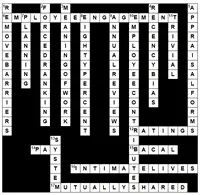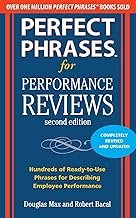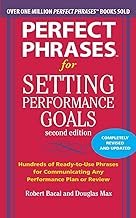Rank and Yank - Fallacy #1 - New Hires Will Outperform Yanked Employees
There are a number of fallacies and misconceptions about the outcomes of rank and yank procedures. Here our first one:
The success of the rank and yank process is based on the assumption that if you, for example, drop the bottom 10% of employees in terms of performance, the people that replace them will be better, more productive employees. It's true that this may be the case, but it's not likely to be the case in many companies, unless the jobs are so simple and so non-demanding that anybody could do them.
If you have a well skilled and productive workforce, and you replace the bottom ten percent with new staff, the statistical probabilities are that the replacements will be less productive than your original staff.
Regardless of the current overall levels of performance, rank and yank will only get you better employees if your hiring practices and processes are of sufficient quality to hire better people. Since your hiring practices ended up in hiring the bottom ten percent of employees you want to get rid of, why would you think that they are now going to result in better hires?
Finally, even in situations where better employees are hired, when exactly, can we expect them to outperform those they replaced. Again, if the jobs are at all demanding, it's reasonable to expect that new employees will take months (some estimates are it takes about six months) to become accustomed to the new workplace, expectations, equipment, etc. In other word, it's not uncommon to have to wait a considerable amount of time until these replacements actually begin to out perform the replaced or yanked employees.
Rank and yank works only in some very specific situations.




